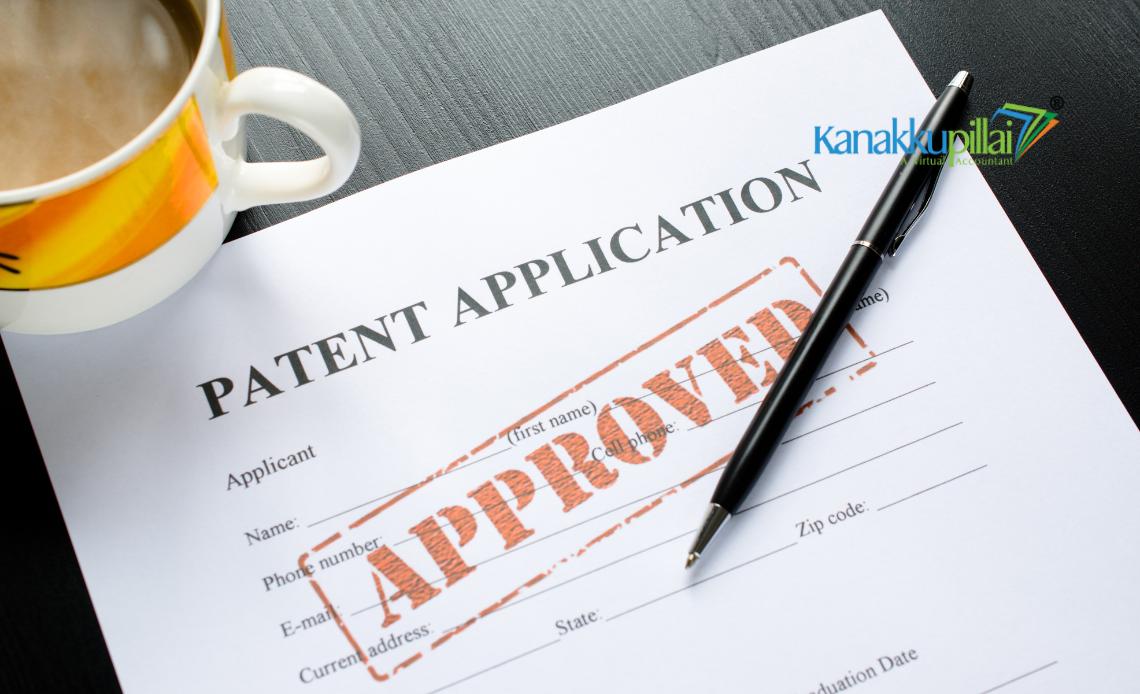The path to patent protection is broken down into several parts, the most crucial of which is the public disclosure of your application. This article demystifies the publication process for patent applications in India. It explores both automatic and early publication methods, explaining timelines, triggers, and exceptions. It also covers the benefits of publication, which include establishing priority rights, deterring violations, and increasing market awareness.
Automatic Publication of Patent Applications
There are two options for making patent applications available to the public: early publication and automatic publication. Automatic publication is the easiest option and requires no effort from the application. It occurs 18 months after the first filing or the stated priority date, and the application is formally published in the Patent Journal shortly after.
The patent granting procedures include a crucial step called automatic publication. This eliminates the applicant’s requirement to take any action and ensures openness. Here’s a breakdown of how it happens:
- Timing: 18 months serves as the key timeframe. This period is calculated from either the date the application was initially filed or a designated priority date established for the invention (if applicable).
- Publication Platform: The patent office takes the decision to publish the application electronically in their official e-Journal. This online platform ensures easy public access to the application details.
- Publication Window: There’s typically a one-month window after the 18-month mark for the patent office to publish the application in the e-Journal. This allows for efficient processing and management of patent applications.
Essentially, automatic publication serves as an intrinsic checkpoint in the patent process. It ensures that the invention can be made available to the public after a defined time period, promoting transparency and allowing for any challenges or oppositions before the patent is issued.
The Patent Application may not be published immediately in the Journal of Patents for a number of reasons, including:
- Secrecy directions under Section [specified section number] are currently in effect.
- The application has been abandoned.
- The application was withdrawn three months before the scheduled publication date.
If a secrecy direction has been issued for an application, it will be published once the secrecy direction is lifted towards the end of the 18-month period. Additionally, applications will not be published unless a power of authority is filed.
Early Publication of Patent Applications
To initiate early publication, an individual can submit Form-9 along with the prescribed fee of Rs. 2,500 for individuals or Rs. 10,000 for entities other than individuals. On-demand, the application will be published within a month from the date of submission. This request will be entertained unless the application pertains to a subject matter relevant to defence or atomic energy. This type of publication is not delayed even if it coincides with an existing Indian patent application.
Once a patent application opts for early publication, any individual is entitled to file a pre-grant opposition against the application at any time before the patent is granted.
Publication in the Patent Journal
Every Friday, the Indian Patent Office releases the Patent Journal, showcasing patent applications and providing the public with an opportunity to object or oppose patent grants for inventions.
The Patent Office publishes the following details in the Patent Journal:
- Application number
- Filing date
- Title of the invention
- Publication date
- International Patent Classification
- Applicant’s name and address
- Inventor’s name
- Priority document details: number, date, country, etc.
- References to Patent of Addition/Divisional applications, including parent application filing dates
- Abstract
- Total number of claims
- Drawings
Benefits of Patent Application Publication
- Early Rights: Publishing a patent application gives the applicant patent-like rights, such as public exposure and the ability to prohibit others from patenting the same invention.
- Priority Secured: Publication creates a priority date for the invention, which is essential for evaluating patent rights in the event of numerous applications for the same invention.
- Credibility Boost: A published application enhances the credibility of the invention and the applicant, attracting potential investors or partners.
- Market Awareness: Public disclosure increases the invention’s market visibility, potentially leading to licensing opportunities or partnerships.
- Legal Head Start: While lawsuits for infringement await patent grant, publication deters unauthorized use by signalling the invention’s protection and laying the groundwork for future legal action.
- Competitive Edge: Early publication allows applicants to secure rights sooner, enabling them to benefit from their invention earlier and potentially gain a competitive advantage
Conclusion
Understanding the subtleties of patent application publishing in India allows inventors, businesses, and legal experts to confidently navigate this important process. This article can be used as a guide, outlining both automated and early publication strategies. We looked at the deadlines, triggers, and exceptions that impact each strategy. In addition, we investigated the primary benefits of publication, such as securing priority rights, discouraging infringement, and increasing market exposure. With this information, stakeholders may make educated judgments about their patent strategies. Whether you choose automated or early publication, strategic publication improves the process’s visibility and protection. This, in turn, makes a substantial contribution to India’s innovation landscape by fostering a more competitive atmosphere and encouraging good intellectual property management.
Related Services:





